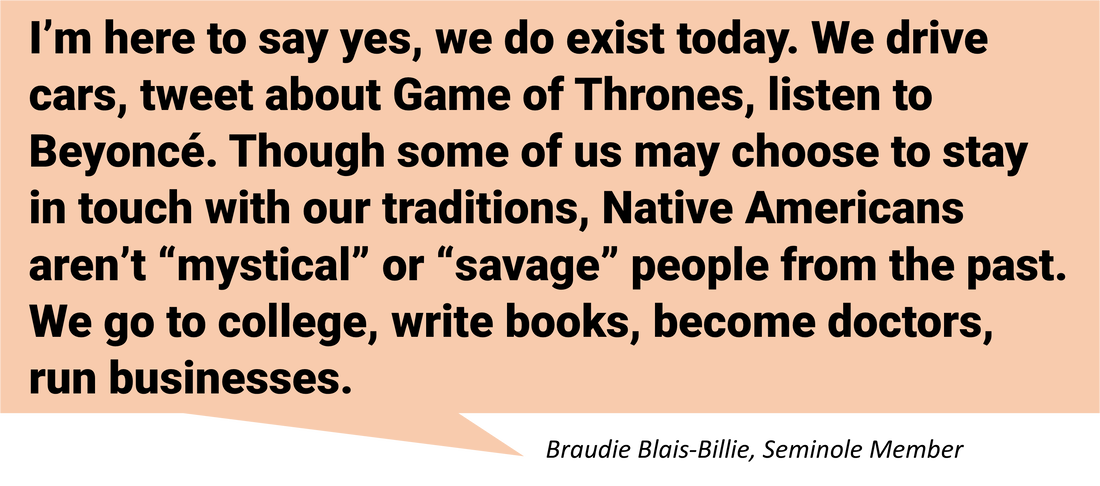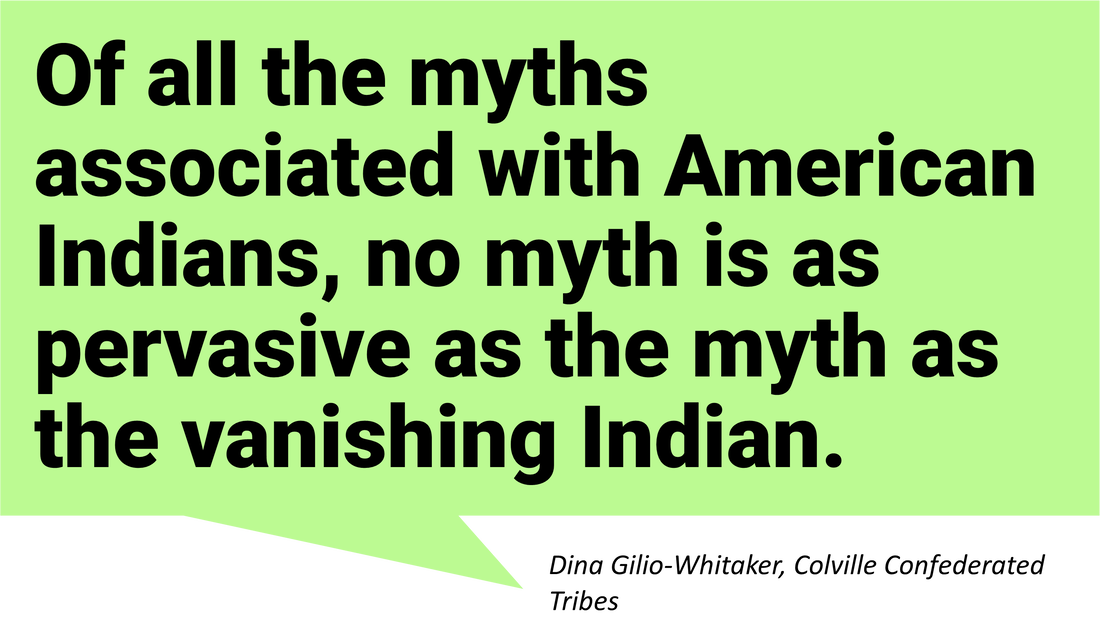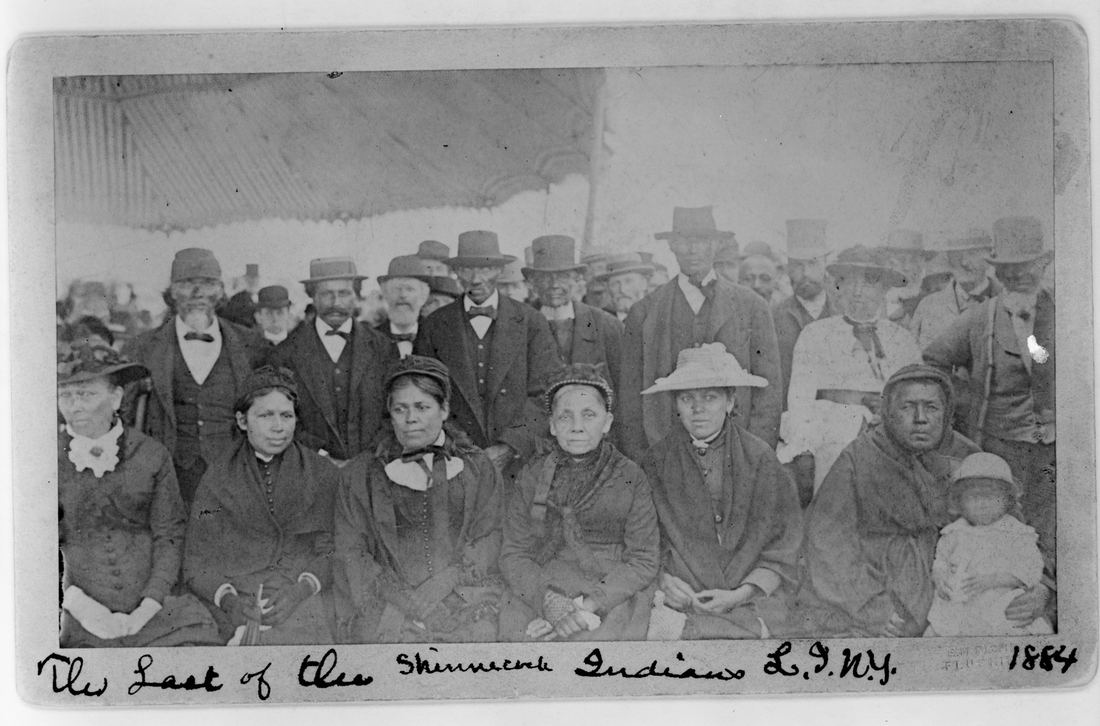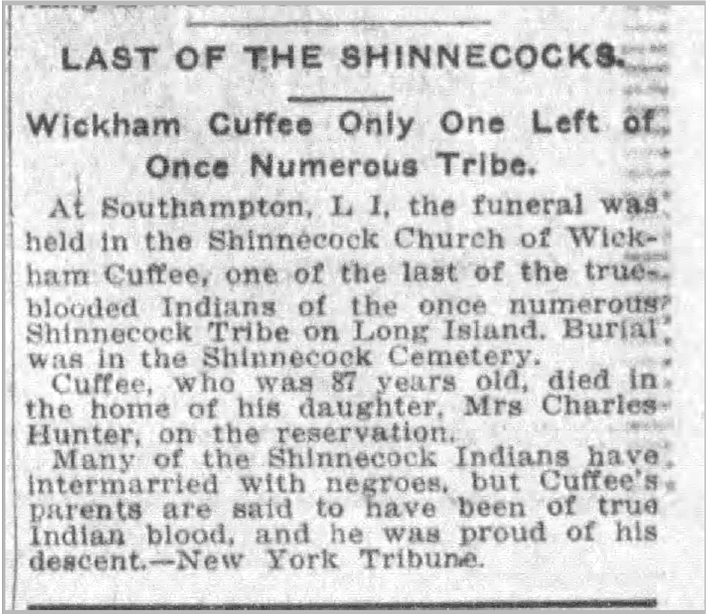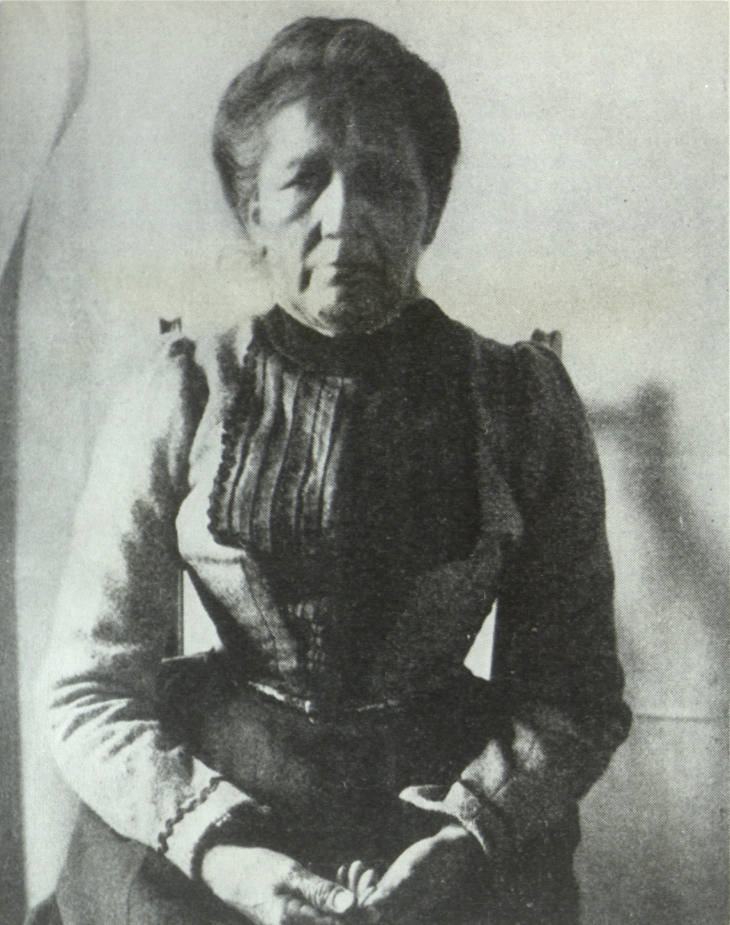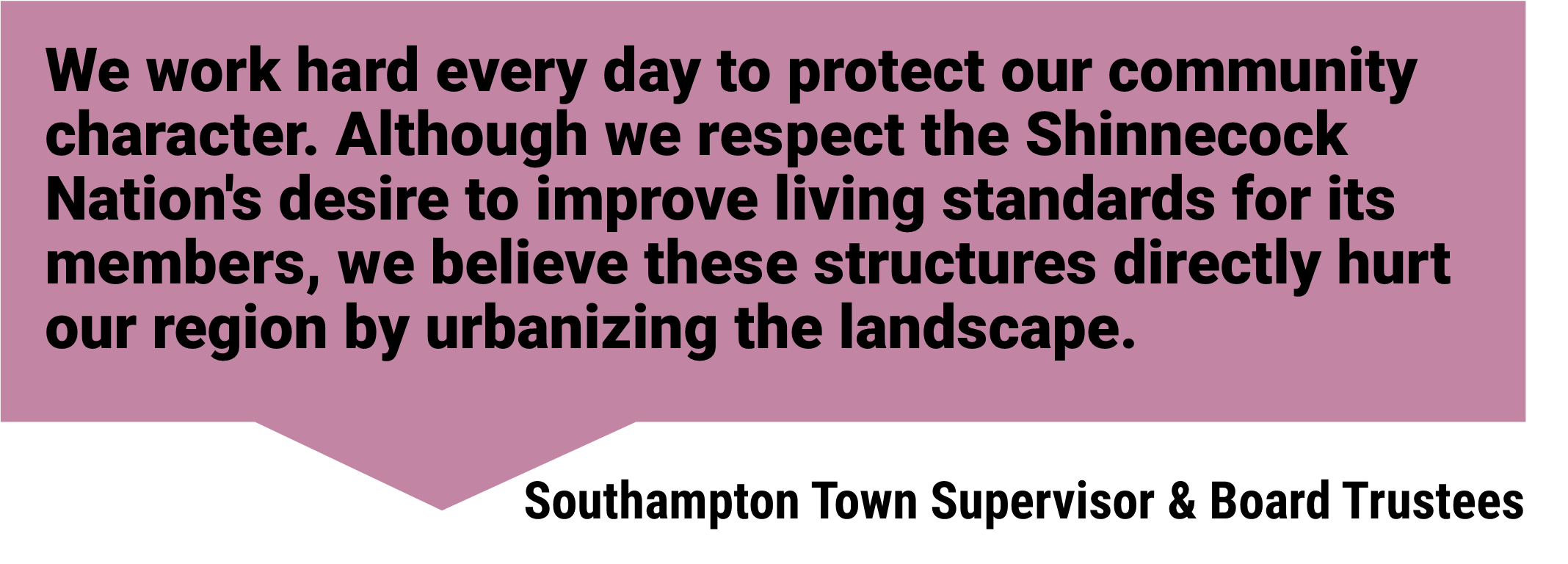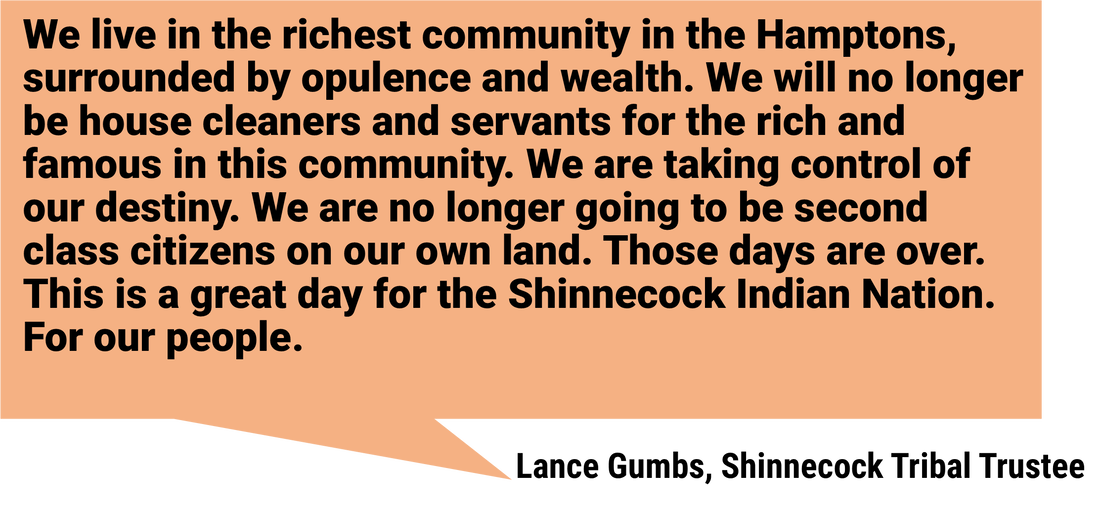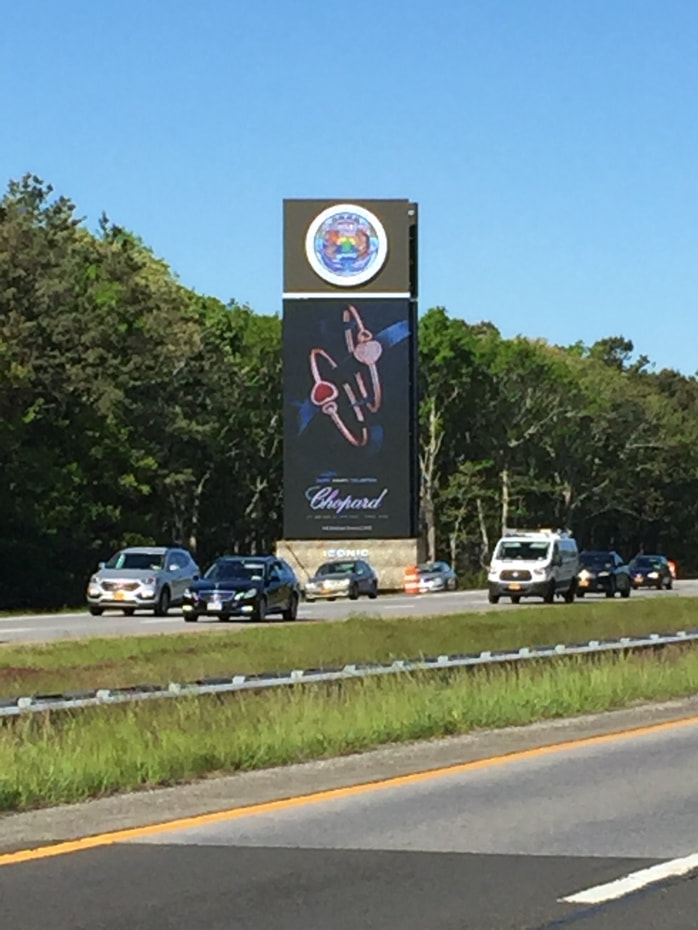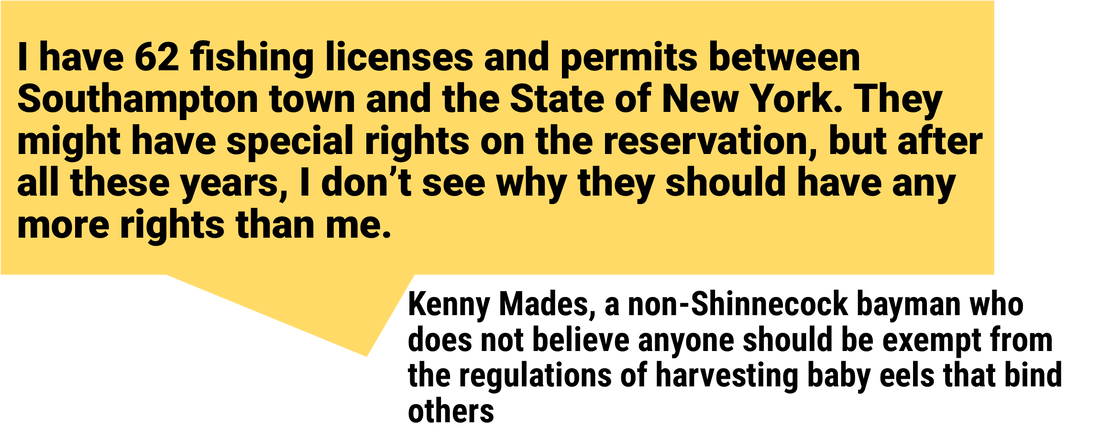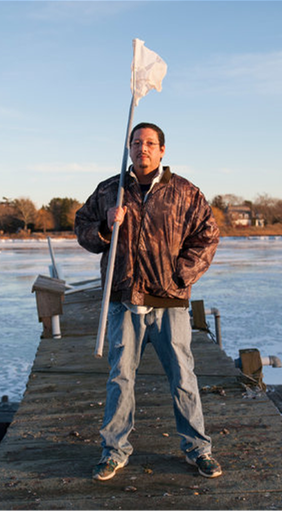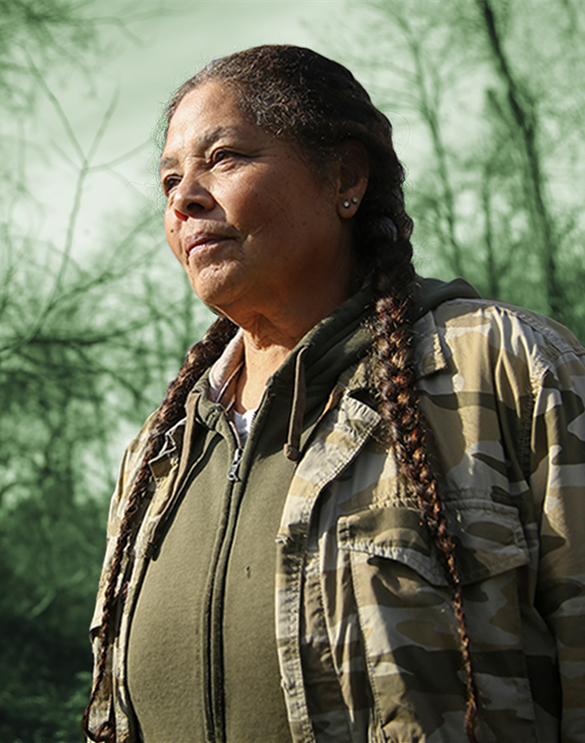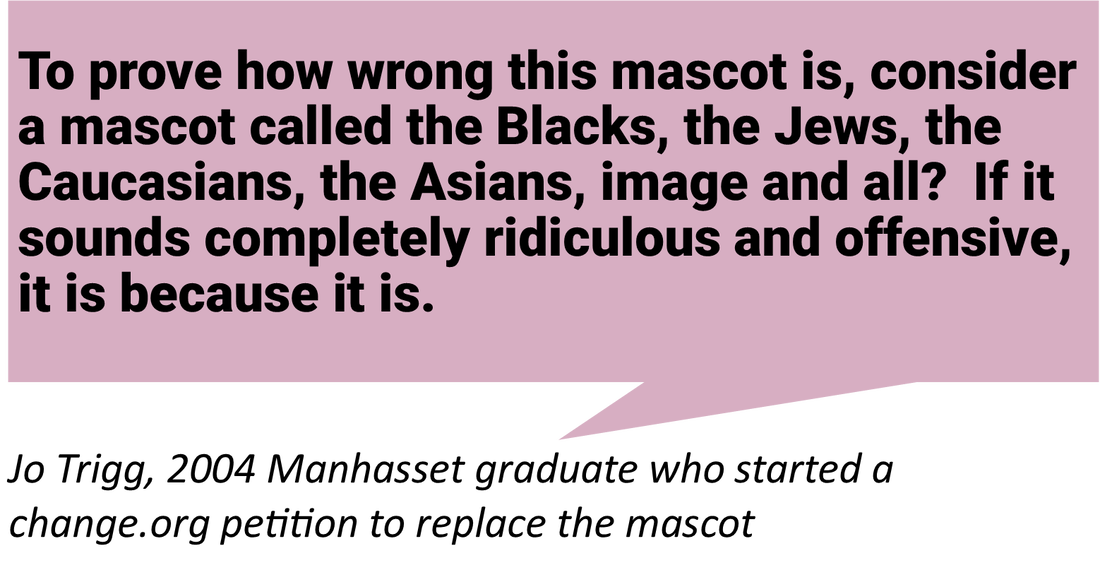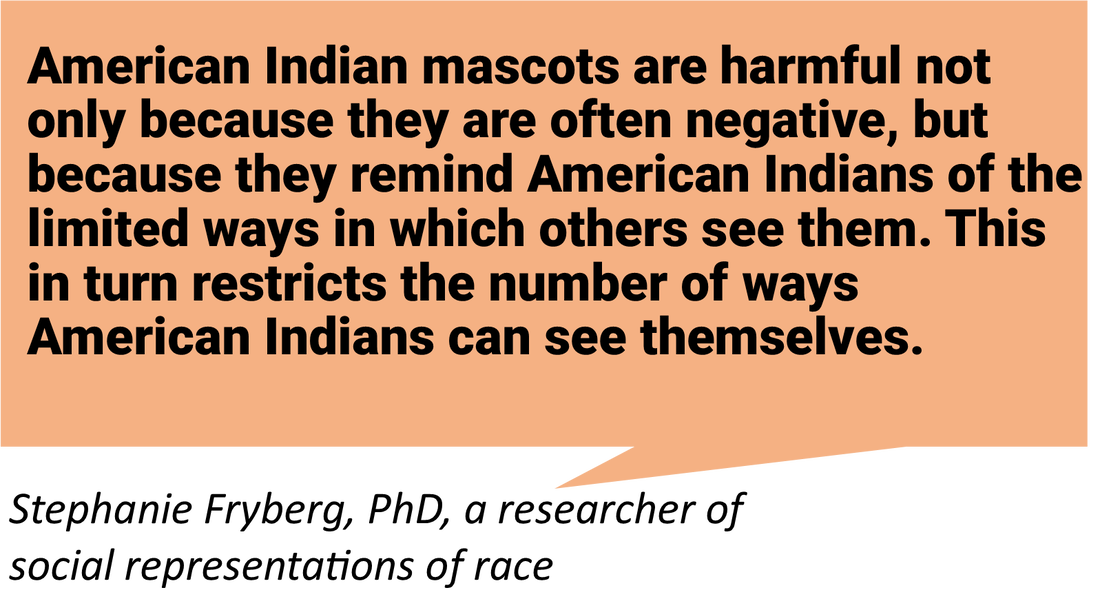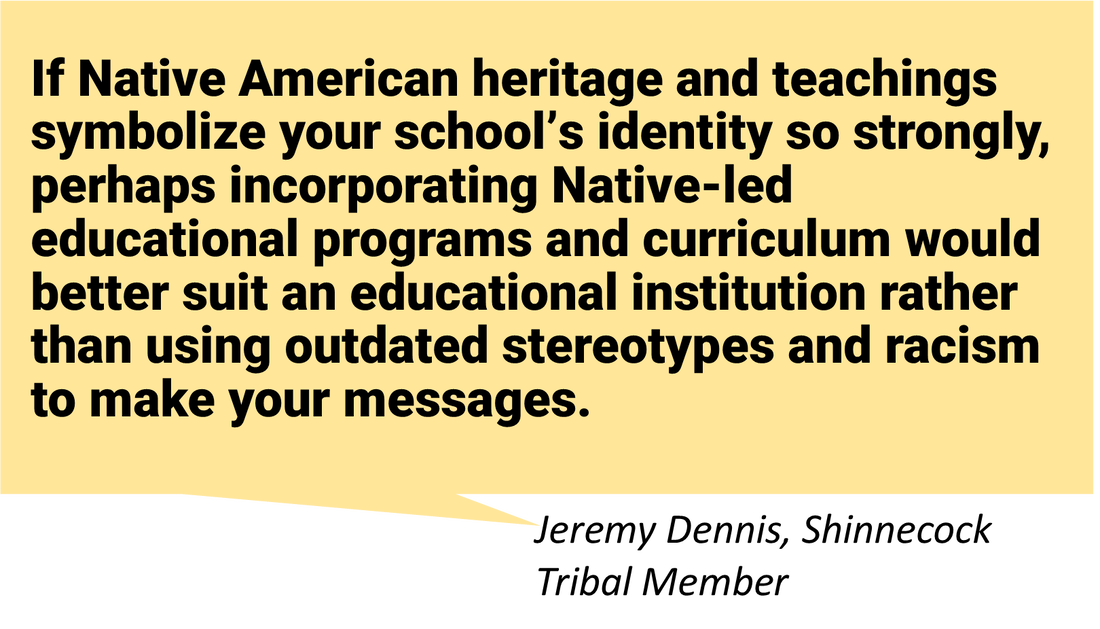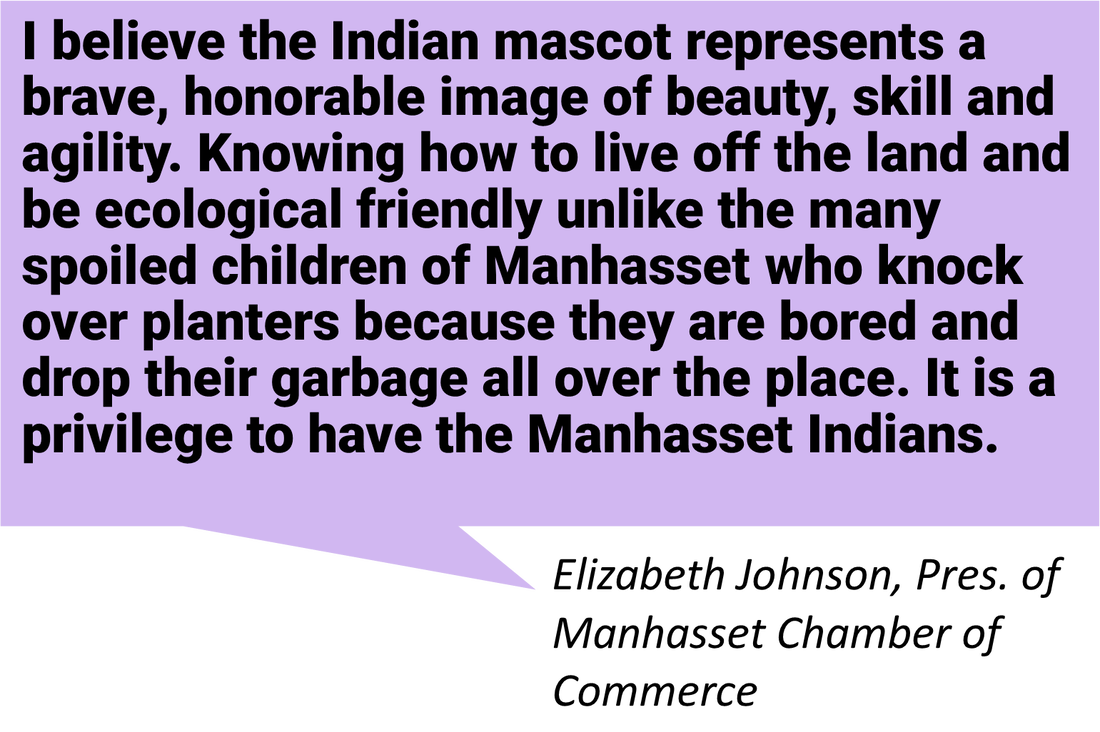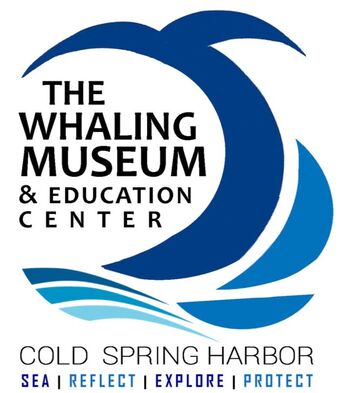Struggles Today
Federally recognized only in 2010, the Shinnecock experienced a history of dispossession & marginalization, and continue to battle for fishing rights and land use.
Along with Native Americans across the country, they continue to face racism, stereotypes, invisibility, systemic oppression, and the erasure of their heritage.
Today, the tribe numbers about 1,500; 650 reside on a 3.4-sq mile reservation in Southampton, a remnant of their ancient homeland.
61% of reservation families live below the poverty line with a median income of $14,000, a stunning contrast to neighboring Hamptons zipcodes with the most expensive homes sold in the US.
Along with Native Americans across the country, they continue to face racism, stereotypes, invisibility, systemic oppression, and the erasure of their heritage.
Today, the tribe numbers about 1,500; 650 reside on a 3.4-sq mile reservation in Southampton, a remnant of their ancient homeland.
61% of reservation families live below the poverty line with a median income of $14,000, a stunning contrast to neighboring Hamptons zipcodes with the most expensive homes sold in the US.
The Myth of Native Extinction
The Shinnecock people, along with other Native peoples, are alive and vibrant today.
|
Research shows one-sided history is taught in schools which generally show natives in a historical, rather than modern, context.
Aside from token discussions around Thanksgiving, most students across the US do not get comprehensive, fairly represented, and accurate education in Native history and culture. Most K-12 textbooks have been found to cover Native American history poorly. 87% of content taught about Native Americans include only a pre-1900 context, feeding into the belief that Natives have disappeared. 48 states do not mandate tribal curriculum, including New York. Because the teaching of US history is one-sided, few today are aware of the role Natives played in whaling history, a crucial and dramatic chapter of the nation’s development in the 19th century. |
The Perpetual and Damaging Myth of the “Last” of the Shinnecock
|
Racist and ignorant attitudes fed the belief that the Shinnecock who intermarried with African-Americans were no longer Indians “of true Indian blood” because they did not conform to the expected stereotyped image of an Indian. Note these two inaccurate titles proclaiming “The Last of the Shinnecock Indians.” In the early 20th century, local newspapers announced the death of Wickham Cuffee as the passing of the "last pureblood” to imply the "real Indians" had died out. |
The caption originally attached this photo (above) is indicative of racist attitudes towards those who intermarried:
“In spite of the mixed status of the Shinnecocks, there were still some excellent Indian types among them can be attested by this photo of Mrs. Adeline E. Waters, a handsome full-blood type.” |
Fighting for Economic Opportunity
In 2019, the Shinnecock Nation built two 61-foot monuments on Shinnecock land. These monuments also function as a digital billboard to generate revenue for the Nation. In response, town and state officials have tried to block efforts.
Fighting for Trade and Fishing Rights
In a 1648 contract with English settlers, the Shinnecock reserved their rights to fish in local waters in perpetuity. US Code 1948 requires New York State to honor all previous treaties with Indian tribes with regards to hunting and fishing rights. Despite this, in an effort to protect depleted populations, tribal members have been ticketed for fishing.
Fighting for Grave Protection
New York State is one of four states that lack the Graves Protection Act, which enacts safeguards if human remains are found on private land during construction.
The Shinnecock Nation has long rallied to stop building in areas where they believe their ancestors are buried. In September 2020, the Southampton Town board voted to protect sacred burial grounds from development and desecration.
The Shinnecock Nation has long rallied to stop building in areas where they believe their ancestors are buried. In September 2020, the Southampton Town board voted to protect sacred burial grounds from development and desecration.
Fighting Ongoing Stereotypes
Should the Manhasset School District change their Indian mascot and team name, The Indians?

